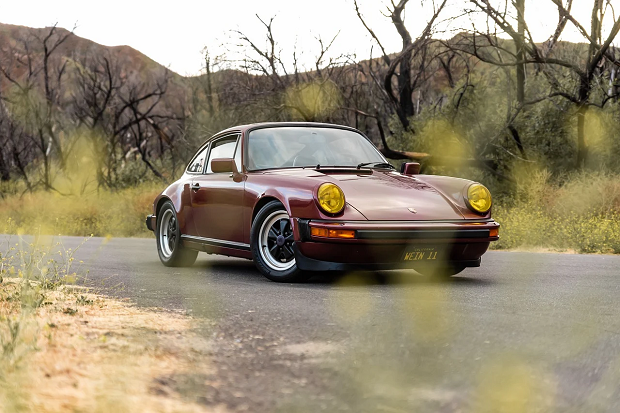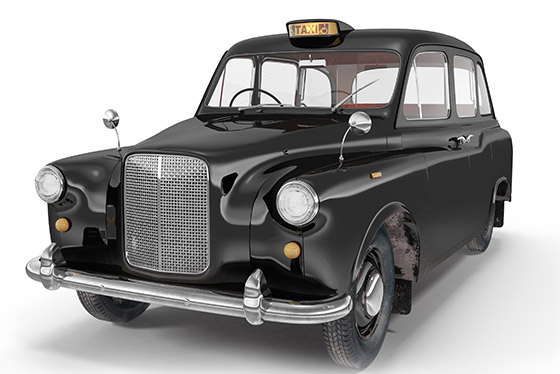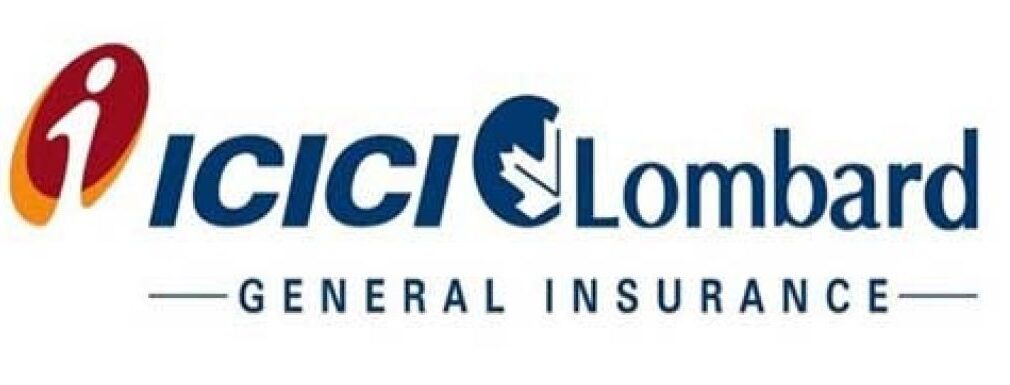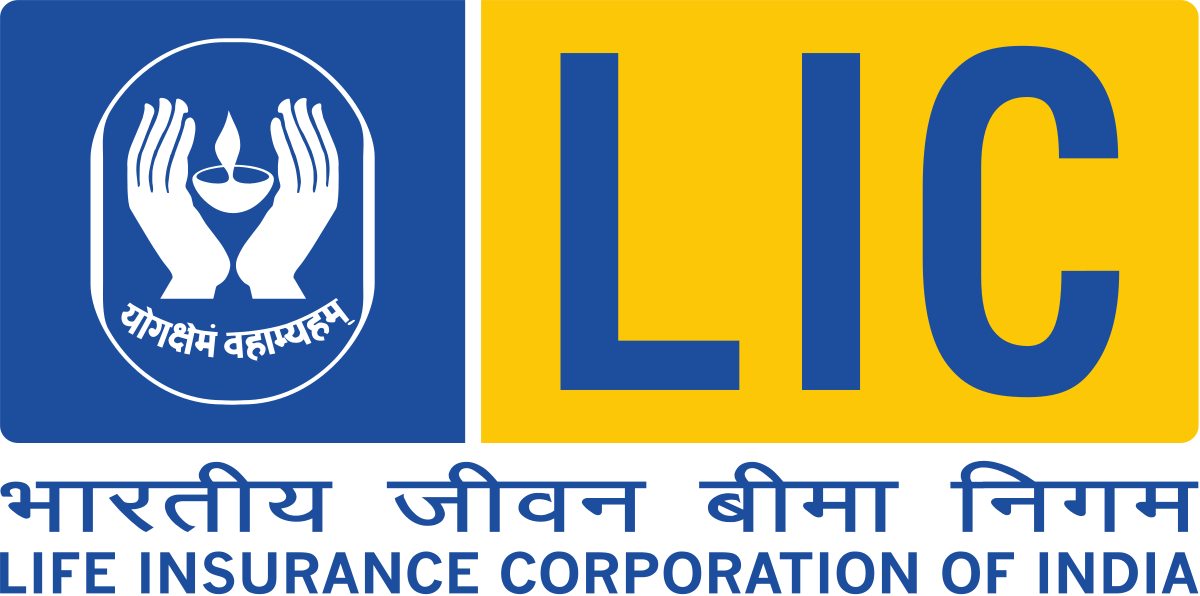How is Vintage Vehicle Insurance Different from Regular Vehicle Policy?
A vintage car is a treasure that very few people have. But what is a vintage car? A vintage car is a car that was manufactured between 1919 and 1940. Whether you have been fortunate to have the car as a family heirloom, or you had the opportunity to buy it, you are a lucky owner of a beautiful vehicle! This is why you need to keep it safe and protected with the help of a good vintage car insurance plan. Thankfully, there are many motor insurance companies in India that offer such plans. A vintage or classic insurance policy is majorly different from a regular car insurance policy. Take a look at this article to know what sets the two apart.
What is a Vintage Car Insurance Policy?
A vintage car insurance policy, as the name suggests, is a type of insurance cover that is exclusively available for very old cars, some even as old as a hundred years! A vintage car is different from a regular car and so the insurance cover is also very different. A regular car insurance plan covers the vehicle with respect to its current value. The value of a car keeps depreciating and this affects the insurance plan too. However, this is not the case with a vintage car. The value of the car is fixed as the depreciation cannot be assessed annually. This is why the premium of the vintage old car insurance policy is pre-decided, after an expert analyses the vehicle and ascertains its true value.
Vintage Car Insurance Vs Regular Car Insurance
- IDV
The IDV, or the insured declared value, is the current market price of a vehicle. Usually, with modern cars, the IDV falls as the car ages. This is why the IDV is calculated each year. In the case of a vintage car, the IDV is fixed and even though it’s an old car, the IDV of a vintage car is much higher than that of a new car.
- Depreciation
As stated, the car deprecated as it ages. This is why the depreciation value is calculated and the insurance premium is fixed accordingly. But in the case of second hand vintage cars, this is not the case. The value doesn’t depreciate beyond a stage. An expert comes in and scrutinises the vehicle and then fixes the value of the car which largely remains intact. This is why depreciation doesn’t have a major impact on the premium of a vintage or classic insurance policy.
- Coverage
The coverage provided under a new car insurance plan is quite steady in nature. However, for a vintage car, the coverage offered differs from vehicle to vehicle. This happens due to the make and model of the car. Many of these cars were manufactured in different eras and also in different countries. The spare parts may not even be available any longer keeping such factors in mind, the coverage differs from vehicle to vehicle.
These clauses apply to comprehensive car insurance plans. It is highly and extremely advisable for you to opt for a comprehensive plan for your vintage car. Vintage and classic cars often go for rallies or exhibitions. Also, there is always a security threat as these vehicles are considered to be extremely precious. These are the reasons why you should have the highest degree of insurance coverage for your extremely valuable vintage car.
Third party coverage in vintage car insurance
Whether the vintage car has been in your family for years or you have invested in one of the beautiful second hand vintage cars, you need to abide by the law and keep the vehicle insured. Like in the case of all other vehicles, for a vintage car too, the basic third party liability cover is compulsory. You need to get this cover and keep the third party damages protected. The comprehensive plans have this cover in them. If for some reason you do not opt for an exclusive old car insurance plan, you must at least get the third.
Finding a good vintage and classic insurance policy
There are many motor insurance companies in India that offer vintage and classic insurance policy plans. You need to compare the plans to find your ideal coverage. When doing so, keep the following points in mind:
- Assess the status of your car
Cars that were manufactured between 1919 and 1940 fall under the criteria of vintage cars. Cars manufactured between 1940 and 1970 are classified as classic cars. You need to keep this in mind and choose your plan because the vintage car insurance policy and classic insurance policy are different.
- Look at the covers
As stated, your old car is very valuable. This is why you must look to get the highest possible coverage for your vehicle. When choosing the plan, make sure you assess the list of covers available and then settle for the best option.
- Look at the cost
Getting a very good and high insurance cover for your vintage car is essential. You should not worry too much about the premium cost as the insurance plan is very crucial. However, you can still compare and see what your options are. If you find a cheaper option with the same covers, go for it and make a smart move.
These are the main factors that you must bear in mind when you look to get the best insurance coverage for your vintage car.
In conclusion
As you can clearly see from the points mentioned above, a vintage car insurance plan is very different from regular motor insurance policies. This is why you need to be extremely careful when choosing the correct cover for your precious vintage vehicle. The old car insurance plans are available with many leading insurance providers. Do thorough research and analysis, then compare and buy the best possible policy to keep your vintage car secured in a comprehensive and wholesome fashion.





























